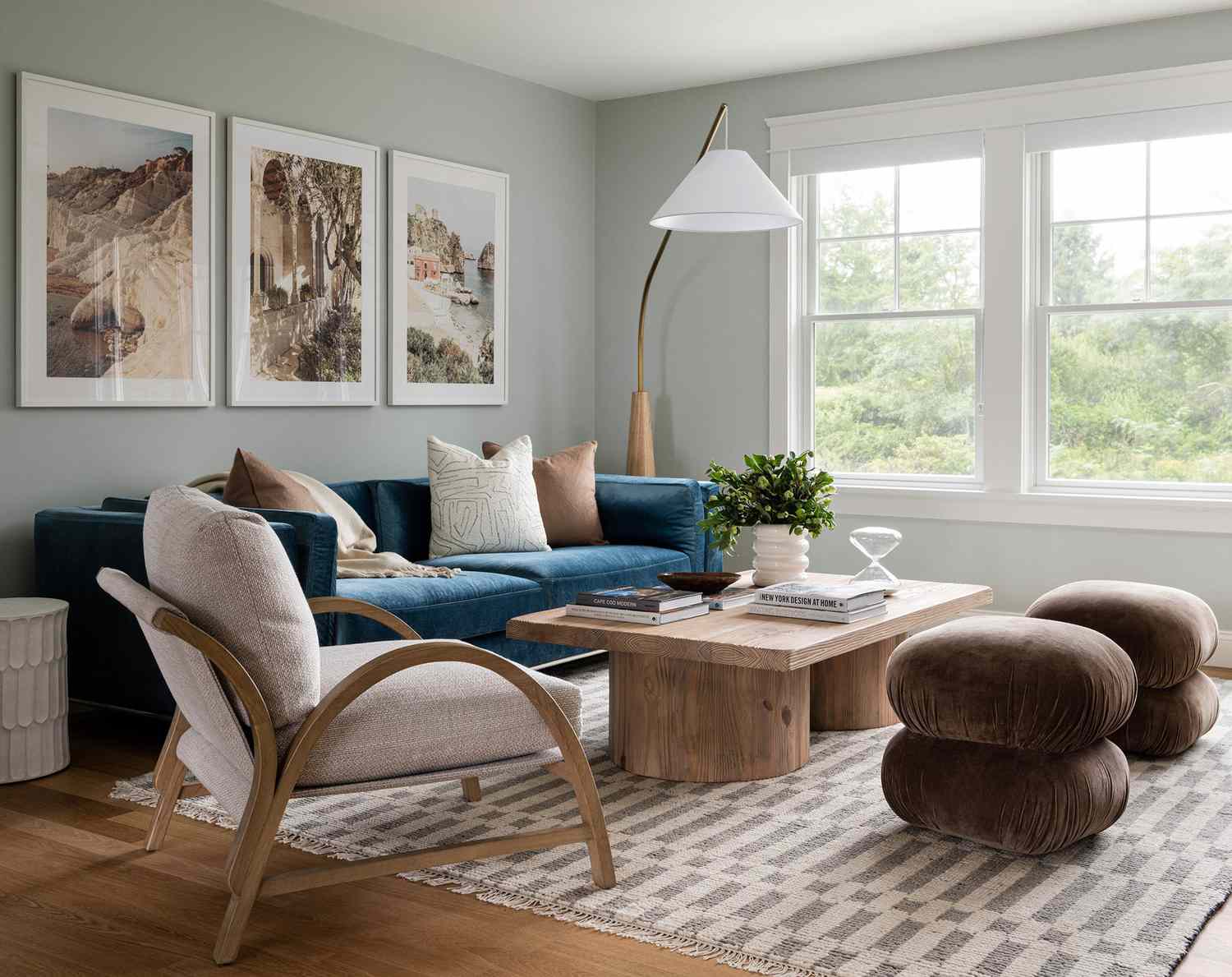

Articles
Ideas On How To Decorate A Living Room
Modified: January 19, 2024
Discover creative articles with ideas on how to decorate a living room. Get inspired by expert tips, DIY projects, and stylish decor suggestions.
(Many of the links in this article redirect to a specific reviewed product. Your purchase of these products through affiliate links helps to generate commission for Storables.com, at no extra cost. Learn more)
Introduction
A living room is often considered the heart of a home, where family and friends gather to relax, entertain, and create lasting memories. It’s a space that should reflect your personal style and provide comfort and functionality. Whether you’re moving into a new home or looking to revamp your existing living room, the right decor can transform the space into a welcoming and visually appealing area.
In this article, we will explore ten ideas on how to decorate a living room, from choosing the right color scheme to adding decorative accessories. With these tips, you can create a space that not only looks stunning but also reflects your unique personality and fits your lifestyle.
Key Takeaways:
- Create a cohesive and visually appealing living room by choosing the right color scheme, incorporating personalized touches, and maximizing functionality with smart storage solutions and well-placed rugs and window treatments.
- Transform your living room into a reflection of your unique personality and style by incorporating plants, creating a focal point, and infusing the space with personal photographs, collections, and meaningful colors.
Read more: How Much To Decorate Living Room
Choosing the Right Color Scheme
When it comes to decorating a living room, the color scheme sets the tone and creates the overall ambiance of the space. It’s important to choose colors that not only reflect your personal style but also complement the size and natural lighting of the room.
To start, consider the mood you want to evoke in your living room. Soft, neutral tones like beige, gray, and cream can create a calming and serene atmosphere, while bold and vibrant colors like teal, mustard yellow, or deep red can add a pop of personality and energy.
Another aspect to consider is the size of the room. If your living room is on the smaller side, lighter colors can make the space appear larger and more open. On the other hand, if you have a spacious living room, you can opt for darker shades to create a cozy and intimate feel.
Keep in mind that you don’t have to stick to just one color. You can incorporate a variety of shades, patterns, and textures to add depth and visual interest. Consider using a color wheel as a guide to create a harmonious color palette. For example, you can choose complementary colors (opposite on the color wheel) for a vibrant and dynamic look or analogous colors (adjacent on the color wheel) for a more cohesive and calming feel.
Once you have selected your color scheme, apply it to the walls, furniture, and accessories in your living room. Paint the walls in your chosen colors or use wallpaper to add texture and personality. Incorporate the color scheme in your choice of furniture upholstery, throw pillows, curtains, and rugs. By ensuring a cohesive color scheme, you will create a visually appealing and harmonious living room.
Furniture arrangement and placement
The arrangement and placement of furniture in your living room can greatly impact the functionality and flow of the space. It’s essential to create a layout that promotes comfortable seating, allows for easy movement, and optimizes the use of the available square footage.
Start by taking measurements of your living room and mapping out the layout on paper or using a digital design tool. This will help you visualize different furniture placement options and determine the most efficient use of space.
Consider the focal point of the room, which could be a fireplace, TV, or a stunning view. Arrange your furniture around this focal point to create a natural gathering area. For example, place the sofa facing the focal point and position additional seating options, such as armchairs or a loveseat, to create a conversation area.
Ensure that there is enough space for easy movement and flow between furniture pieces. Avoid overcrowding the room with too much furniture, as it can make the space feel cramped and cluttered. Instead, opt for pieces that are proportionate to the size of the room and provide functionality.
If you have a small living room, consider using multi-functional furniture pieces, such as a storage ottoman or a coffee table with built-in storage. This can help maximize space and keep the area organized.
Experiment with different furniture arrangements to find the one that suits your needs and enhances the overall aesthetic of the room. Don’t be afraid to break away from traditional furniture placement rules and get creative with your layout. Remember, the goal is to create a comfortable and inviting space where you can relax and entertain guests.
Lighting Tips
Proper lighting is essential in creating a warm and inviting atmosphere in your living room. It plays a crucial role in setting the mood, enhancing the aesthetics of the room, and providing functional task lighting for various activities. Here are some lighting tips to consider when decorating your living room:
- Natural light: Make the most of the natural light by keeping the windows unobstructed. Use sheer curtains or blinds that can be easily adjusted to control the amount of light entering the room. If privacy is a concern, consider installing window films or window treatments that offer privacy while still allowing light to filter through.
- Ambient lighting: This is the general lighting that illuminates the entire room. Consider using overhead fixtures, such as chandeliers or pendant lights, to provide ambient lighting. Opt for fixtures that complement the style of your living room and distribute the light evenly throughout the space. To create a cozy atmosphere, consider using dimmers to adjust the intensity of the ambient lighting.
- Task lighting: Task lighting is essential for specific activities such as reading, working, or playing games. Incorporate table lamps or floor lamps near seating areas or by desks to provide ample task lighting. Adjustable lamps or those with adjustable shades allow you to direct the light precisely where you need it.
- Accent lighting: Use accent lighting to highlight specific focal points or pieces of artwork in your living room. This can be achieved through the use of wall sconces, track lighting, or picture lights. Accent lighting adds depth and visual interest to the room and helps create a cozy and inviting ambiance.
- Layered lighting: To create a well-balanced and visually appealing lighting scheme, make sure to incorporate a combination of natural light, ambient lighting, task lighting, and accent lighting. This layered approach helps create depth and dimension in the room, allowing you to adjust the lighting according to different moods and activities.
Remember, lighting is not just about functionality; it also serves as a design element in your living room. Choose fixtures that complement the overall style and decor of the room. Consider the size and scale of the fixtures, as well as the color temperature of the bulbs, to create the desired ambiance. With the right lighting, you can transform your living room into a cozy and inviting space that is both functional and visually appealing.
Adding Wall Art and Decorative Accessories
Wall art and decorative accessories can instantly elevate the visual appeal of your living room while adding a personal touch. They have the power to make a statement, reflect your taste and style, and tie the entire room together. Here are some tips on how to incorporate wall art and decorative accessories:
- Choose a focal point: Select one or two walls in your living room to serve as focal points for displaying art. This could be a large artwork, a gallery wall, or a statement piece. The focal point will draw attention and create a visual anchor for the room.
- Mix and match: Don’t be afraid to mix different types of artwork and decorative accessories to add depth and interest. You can combine framed artwork, canvas prints, photographs, and even sculptures to create a unique and eclectic look.
- Consider scale and placement: Pay attention to the scale of the artwork and accessories in relation to the size of your wall and furniture. Aim for a balanced composition and ensure that the pieces are placed at eye level for optimal viewing.
- Experiment with different styles: Explore different styles and mediums of artwork to find what resonates with you. Whether it’s abstract, contemporary, or traditional, choose pieces that speak to your personal taste and complement the overall decor of the room.
- Add decorative accessories: Besides wall art, incorporating decorative accessories can further enhance the aesthetics of your living room. Consider adding decorative items such as vases, sculptures, candleholders, or decorative trays on coffee tables, shelves, or mantels. These small details can add a touch of personality and visual interest to the space.
- Create a gallery wall: A gallery wall is a great way to display a collection of artwork, photographs, or even wall-mounted shelves. Play with different shapes, sizes, and frames to create a visually stimulating arrangement. Ensure there is balance and cohesion among the various pieces.
When selecting wall art and decorative accessories, choose items that resonate with you and reflect your personality. They should add character and tell a story about your interests or experiences. Don’t be afraid to experiment and update the artwork and accessories periodically, as it can breathe new life into the room and keep it feeling fresh and inspiring.
Read more: How To Decorate Living Room With Mirrors
Creating a Focal Point
A focal point is a key element in your living room that draws the attention and serves as the centerpiece of the space. It adds visual interest and anchors the overall design of the room. Creating a focal point can enhance the style and ambiance of your living room. Here are some ideas on how to create a focal point:
- Fireplace: If you have a fireplace, make it the focal point of your living room. Arrange your furniture around it to create a cozy seating area. Enhance the fireplace with a mantel that showcases artwork, decorative items, or a mirror above it to reflect light and create a sense of depth.
- Television: For many, the television is the central element in the living room. To create a focal point around it, consider mounting it on the wall or placing it on a media console. Frame the television with artwork or a gallery wall to balance its presence.
- Accent wall: Use a bold paint color, wallpaper, or textured wall paneling to create an accent wall that becomes the focal point of the room. This can add depth and visual interest to an otherwise neutral space.
- Artwork: Hang a large, striking piece of artwork on a prominent wall to serve as the focal point. Choose artwork that complements the overall color scheme and style of the room. It can be a painting, a photograph, or a statement piece that adds character to the space.
- Statement furniture: Make a statement with a bold piece of furniture, such as a unique sofa, a vibrant armchair, or a stylish coffee table. Choose a focal piece that stands out and build the rest of the room’s design around it.
- Statement lighting: Use a dramatic chandelier, pendant light, or a cluster of pendant lights to create a focal point in your living room. Choose a lighting fixture that complements the style of the room and draws attention.
Once you have determined your focal point, arrange the furniture and accessories around it to enhance its prominence. Ensure that the focal point is not overwhelmed by other elements in the room and that it captures attention without overpowering the space. A well-designed focal point can instantly transform your living room and make it more visually appealing and inviting.
Consider using a mix of textures and patterns to add visual interest to your living room. Incorporate items like throw pillows, rugs, and curtains to create a cozy and inviting space.
Incorporating Plants and Greenery
Bringing nature indoors is a wonderful way to freshen up your living room and create a tranquil and inviting atmosphere. Plants and greenery not only add beauty and visual interest but also improve air quality and create a sense of relaxation. Here are some ideas for incorporating plants and greenery into your living room:
- Choose low-maintenance plants: If you don’t have a green thumb or don’t want the hassle of constantly caring for plants, opt for low-maintenance varieties. Succulents, snake plants, pothos, and peace lilies are excellent options that require minimal care and can thrive in various light conditions.
- Place plants strategically: Consider the natural light and airflow in your living room when deciding where to place your plants. Some plants thrive in bright, indirect light, while others prefer shade. Position plants near windows, on shelves, or on plant stands to create attractive displays that also benefit from the available light.
- Hang plants: Utilize hanging planters or macrame plant hangers to add greenery while saving surface space. Hanging plants can create a whimsical and eye-catching display, especially in rooms with high ceilings.
- Create a plant corner: Dedicate a corner of your living room to a display of various plants of different sizes and heights. This can create a lush and vibrant oasis that brings life and energy to the space.
- Choose decorative planters: Select stylish and decorative planters that complement your living room’s aesthetic. Choose materials, colors, and textures that enhance the overall design. You can opt for ceramic pots, woven baskets, or even repurpose unique containers as planters.
- Group plants: Create visual impact by grouping plants of different shapes and sizes together. This encourages a more natural and organic arrangement and can create a dynamic display.
- Add a vertical garden: If you have limited floor space, consider adding a vertical garden to your living room. You can install wall-mounted planters or use a freestanding plant trellis to grow climbing plants like ivy or philodendron. This not only adds greenery but also acts as an interesting focal point.
Plants bring a sense of tranquility and natural beauty to any living room. They can transform a space into a calming oasis and improve the overall well-being of its occupants. Experiment with different plants and arrangements to find the right balance that complements your living room’s style and enhances its ambiance.
Rug Selection and Placement
A well-chosen rug can tie the elements of your living room together and add warmth, texture, and visual interest to the space. It not only enhances the overall aesthetics but also provides comfort underfoot. Here are some tips for selecting and placing rugs in your living room:
- Size: Consider the size of your living room and the furniture arrangement when selecting a rug. Ideally, the rug should be large enough to anchor the seating area. All furniture legs should be on the rug or at least the front legs to create a cohesive look.
- Material: Choose a rug material that suits the level of foot traffic in the living room. Natural fibers like wool and cotton are durable and easy to clean. Synthetic materials like nylon and polyester are affordable and resistant to stains. Consider the texture and feel of the rug as well, opting for a softer option like plush or shag for a cozy ambiance.
- Pattern and color: Rugs with patterns or vibrant colors can add visual interest and serve as a focal point in your living room. If you already have busy or colorful furniture and decor, consider a more neutral rug to balance the space. Conversely, if your furniture and decor are more simple, a bold patterned rug can make a statement.
- Layering: To add depth and interest to your living room, consider layering rugs. Place a larger, neutral rug as the base layer and add a smaller, patterned or textured rug on top. This can create a dynamic and visually appealing look.
- Placement: The placement of the rug depends on the size and layout of your living room. In a larger room, you can place the rug entirely under the furniture, while in a smaller room, it can be placed in front of the sofa with the front legs of the furniture on it. Ensure that the rug is centered and aligned with the furniture to create balance.
- Consider the shape: Rugs come in various shapes, including rectangular, square, round, and even irregular shapes. Consider the shape of your living room and the furniture layout when choosing a rug shape. A round rug can soften the angles in a square room, while a rectangular rug can emphasize the length of the room.
- Maintenance: Consider the maintenance of the rug, especially if you have children or pets. Opt for rugs that are easy to clean and maintain, as spills and accidents are bound to happen in a living room setting. Look for stain-resistant or washable options.
A well-placed rug can transform the look and feel of your living room. It anchors the space, adds comfort, and ties your furniture together. Take your time to find the perfect rug that complements your living room’s style and enhances its functionality and ambiance.
Window Treatments and Curtains
Window treatments and curtains not only provide privacy and control the amount of natural light entering your living room but also play a crucial role in enhancing its overall aesthetic. They can add texture, color, and style to the space. Here are some tips for selecting and installing window treatments and curtains:
- Consider the function: Start by identifying the function you want your window treatments to serve. Do you need privacy, light control, or both? Consider the direction and intensity of the sunlight in your living room to determine the type of window treatment that best suits your needs.
- Choose the right fabric: The fabric of your curtains or window treatments can greatly affect the overall look and feel of the room. Lightweight fabrics like linen or sheer materials allow natural light to filter through and create an airy and ethereal ambiance. Heavier fabrics like velvet or heavy cotton can add richness and warmth to the space.
- Color and pattern: Consider the color and pattern of your curtains in relation to the overall color scheme and style of your living room. Solid colors can create a clean and timeless look, while patterns and prints can add personality and visual interest. Choose a color or pattern that complements the other elements in the room.
- Length and fullness: The length and fullness of your curtains can have a significant impact on the overall aesthetics of the room. Floor-length curtains can create an elegant and dramatic look, while sill-length curtains can provide a more casual and relaxed feel. Consider the height of your windows and the desired amount of light and privacy when deciding on the length.
- Layering: Consider layering your curtains with other window treatments, such as blinds or shades, to provide additional functionality and versatility. Layering adds depth and dimension to the windows and allows for more control over light and privacy.
- Hardware and accessories: Select curtain rods, finials, and tiebacks that complement the style and material of your curtains. The hardware should blend seamlessly with the overall decor of the room and enhance the visual appeal of the window treatments.
- Installation: Proper installation is essential to ensure that your window treatments hang correctly and function effectively. Follow the manufacturer’s instructions or seek professional help if needed to achieve the desired look.
Window treatments and curtains can significantly enhance the look and feel of your living room. They provide an opportunity to add style, color, and texture while also serving functional purposes. Take your time to select the right window treatments that align with your design aesthetic and meet your specific needs.
Read more: How To Decorate A Ledge In A Living Room
Storage Solutions
Effective storage solutions are essential for keeping your living room neat, organized, and clutter-free. With the right storage options, you can maximize space, hide away unsightly items, and create a more functional and inviting environment. Here are some storage ideas for your living room:
- TV unit with storage: Opt for a TV unit that includes built-in shelves or cabinets to store media equipment, books, and other accessories. This helps keep these items organized and out of sight.
- Bookshelves or wall-mounted shelves: Install bookshelves or wall-mounted shelves to display books, decorative items, and personal collections. These provide both storage and a visually appealing element to your living room.
- Multifunctional furniture: Choose furniture pieces that double as storage solutions. For example, select a coffee table with hidden compartments or ottomans with built-in storage. These not only provide a place to rest your feet or set down drinks but also offer additional space for storing blankets, magazines, or other items.
- Floating shelves: Install floating shelves on empty wall space to create additional storage. You can display decorative items or use them as a place to store small baskets or boxes for organizing smaller items.
- Console table with drawers: A console table with drawers or cabinets can be placed against a wall to serve as a storage solution for smaller items like keys, pens, and other knick-knacks. It can also double as a decorative piece or a display surface for photographs or artwork.
- Storage baskets and bins: Use decorative baskets and bins to corral items and keep them organized. Place them on open shelves or use them underneath coffee tables to neatly store blankets, toys, or remote controls.
- TV wall unit: Consider investing in a wall unit that incorporates shelving, cabinets, and drawers to create ample storage for electronics, media, and other living room essentials. This can provide a cohesive and streamlined look while maximizing storage space.
By incorporating smart storage solutions, you can keep your living room clutter-free while maintaining a clean and organized space. Explore various options based on your needs and the available space to create a functional and visually appealing room.
Personalizing the Space
Personalizing your living room is the final touch that truly transforms it into a space that reflects your unique style and personality. It’s an opportunity to showcase your interests, memories, and cherished items. Here are some ideas to help you personalize your living room:
- Display personal photographs: Incorporate framed photographs of loved ones, special moments, or memorable vacations on shelves, wall galleries, or mantels. This adds a personal touch and sparks conversation.
- Showcase collections: If you have a collection of items, such as vintage cameras, vinyl records, or action figures, display them in an organized and eye-catching way. Glass cabinets, shadow boxes, or open shelves are great options for showcasing your collections.
- Customize your artwork: Consider commissioning or creating artwork that reflects your taste and style. Personalized artwork, such as a custom painting or a canvas print of a meaningful location, adds a unique touch to the space.
- Integrate sentimental items: Incorporate sentimental items, such as heirlooms, souvenirs, or handmade crafts, in your living room decor. These pieces tell your story and create a sense of nostalgia and warmth.
- Add personal touches with accessories: Infuse your living room with your personality through accessories such as throw pillows, blankets, and decorative items. Choose patterns, colors, or themes that resonate with you and make you feel at home.
- Display your hobbies and interests: Showcase your hobbies or interests with dedicated spaces in your living room. For example, create a reading nook with a bookshelf and a cozy chair, or dedicate a wall to display your musical instruments.
- Make it cozy: Create a cozy atmosphere by adding soft textures, plush rugs, and comfortable seating. Incorporate blankets, pillows, and cushions that make you feel relaxed and at ease in your living room.
- Use meaningful colors: Choose colors that have personal significance to you. Whether it’s your favorite color or a hue that evokes positive emotions, incorporating meaningful colors will enhance the personal touch in the room.
- Display artwork by local artists: Support local artists and infuse your living room with originality by prominently displaying artwork by artists from your community or region. This adds a unique perspective and supports the local art scene.
Personalizing your living room allows you to create a space that is not only visually appealing but also a reflection of your individuality. It adds depth, warmth, and character to the room, making it a space that truly feels like your own.
Conclusion
Decorating a living room is an opportunity to transform a space into a haven that reflects your style, personality, and functionality. By following these ten ideas, you can create a living room that is both visually stunning and comfortable.
From choosing the right color scheme to incorporating personalized touches, each aspect plays a crucial role in curating a space that feels like home. The color scheme sets the tone, furniture arrangement promotes functionality, lighting creates ambiance, and wall art adds character. With the addition of plants, rugs, window treatments, storage solutions, and personal touches, your living room becomes a space that reflects your individuality and promotes relaxation.
Remember that decorating your living room is not a one-size-fits-all process. It’s important to consider your personal preferences, lifestyle, and the specific characteristics of your space. Experiment with different ideas, explore various styles, and trust your instincts to create a living room that truly embodies who you are.
Ultimately, a well-decorated living room should be a place that brings joy, comfort, and a sense of pride. It’s where you can unwind, entertain loved ones, and create lasting memories. So, have fun, be creative, and let your personal style shine through as you transform your living room into a space you’ll love to spend time in for years to come.
Frequently Asked Questions about Ideas On How To Decorate A Living Room
Was this page helpful?
At Storables.com, we guarantee accurate and reliable information. Our content, validated by Expert Board Contributors, is crafted following stringent Editorial Policies. We're committed to providing you with well-researched, expert-backed insights for all your informational needs.
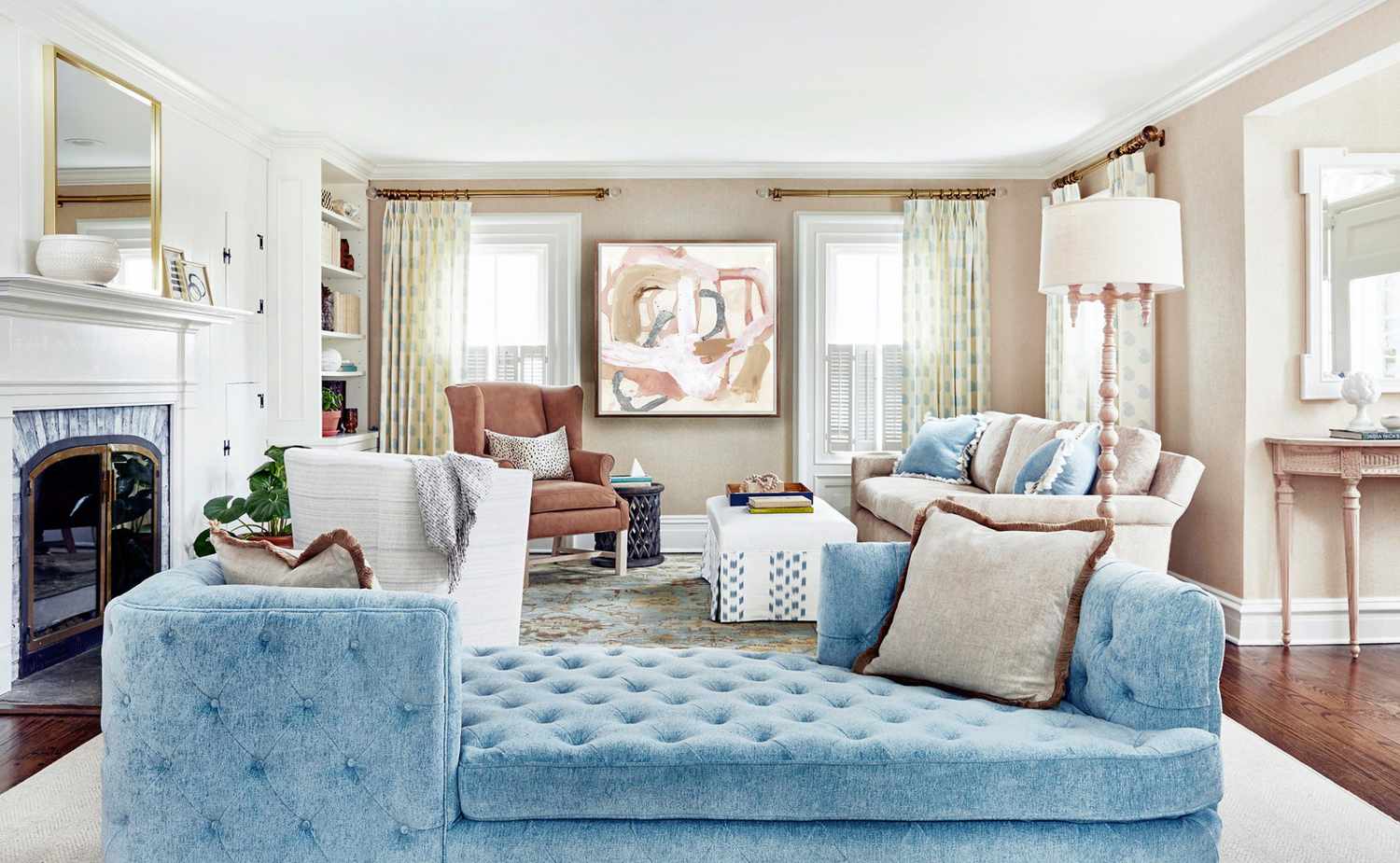
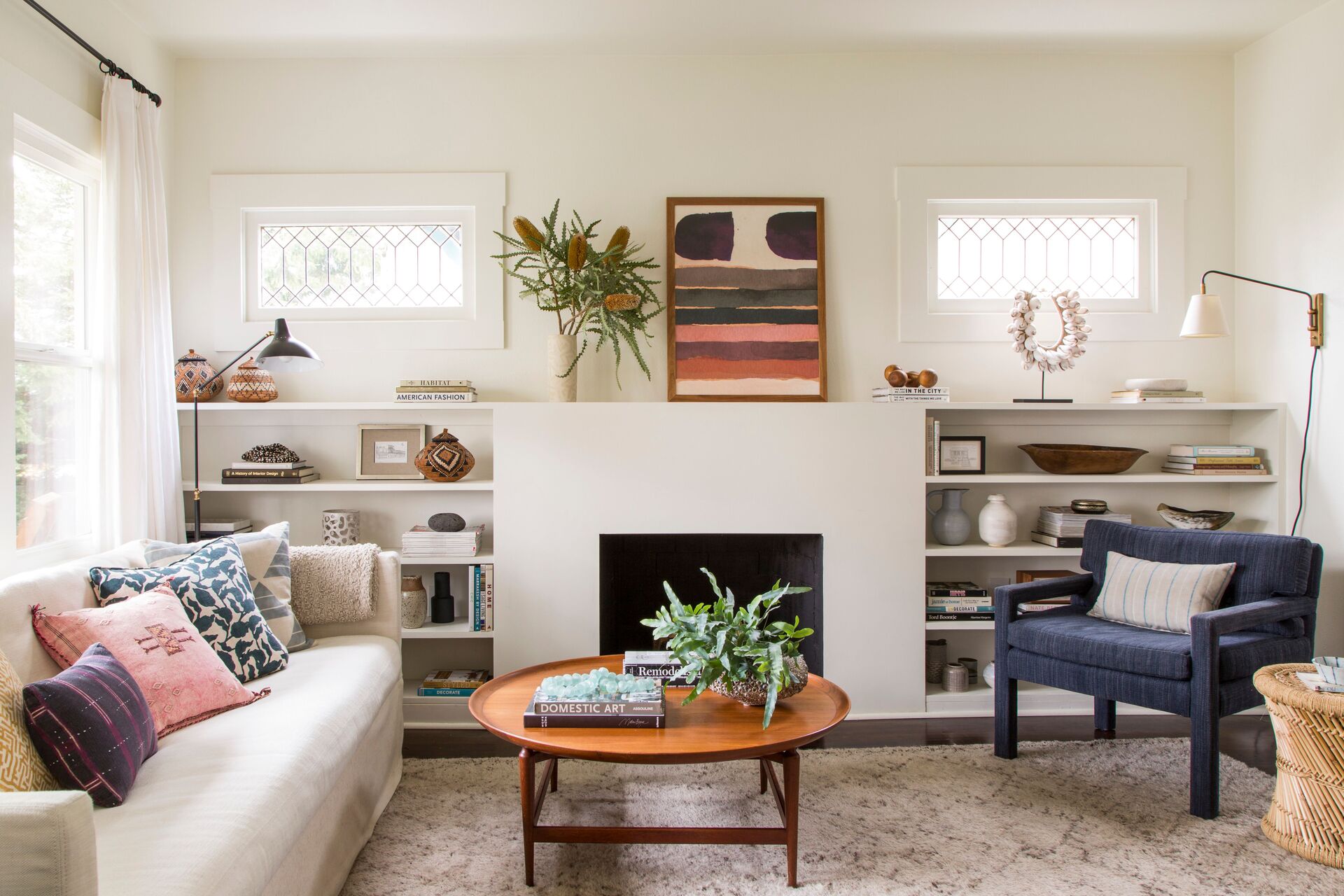
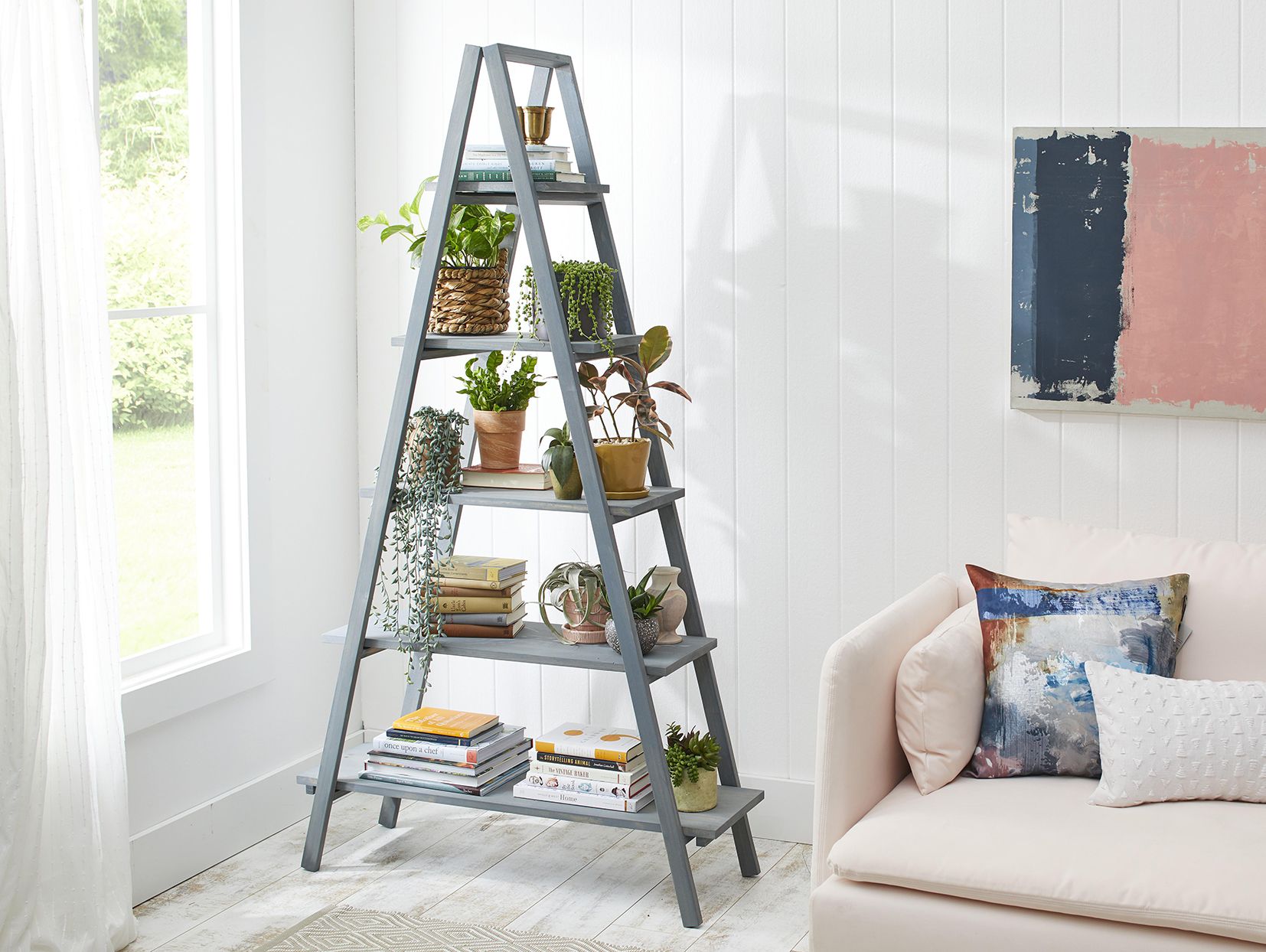
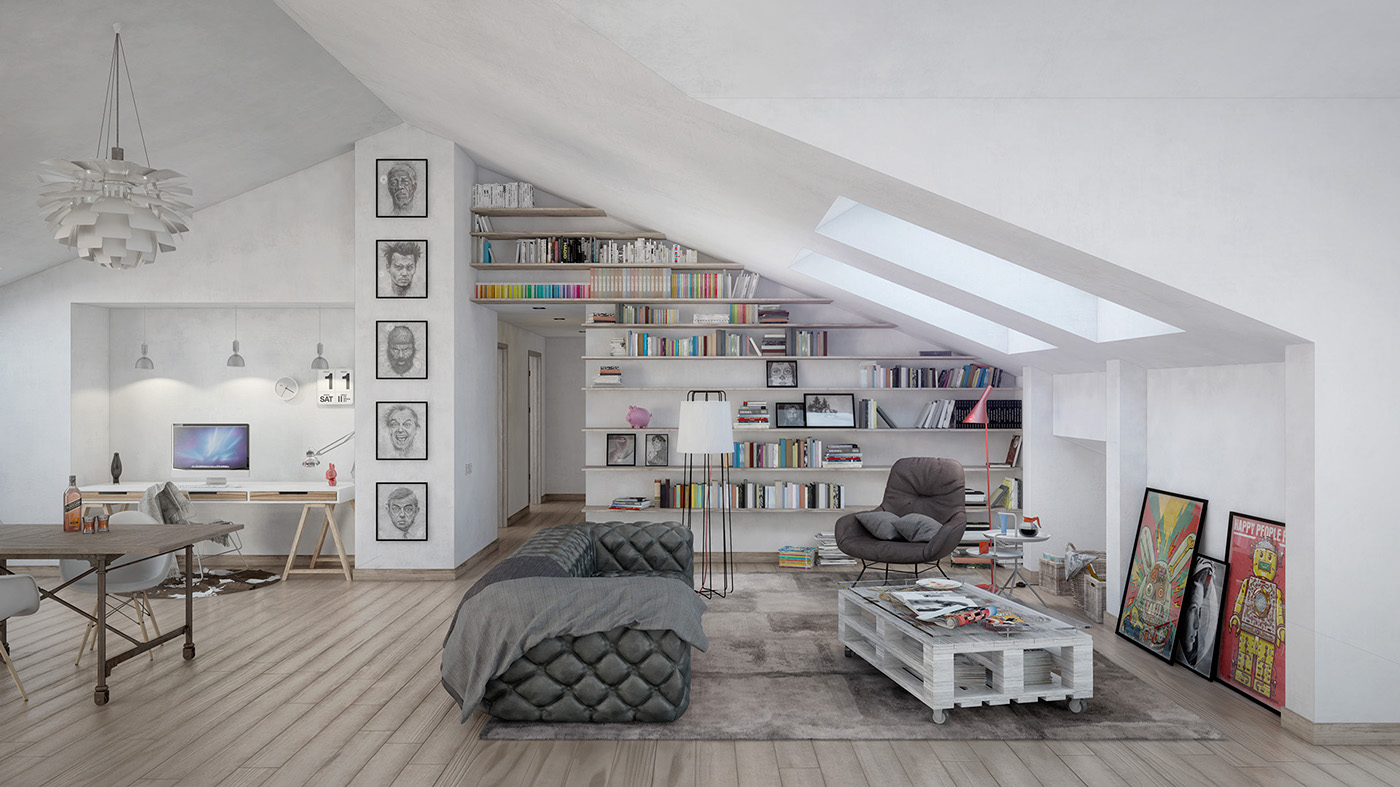
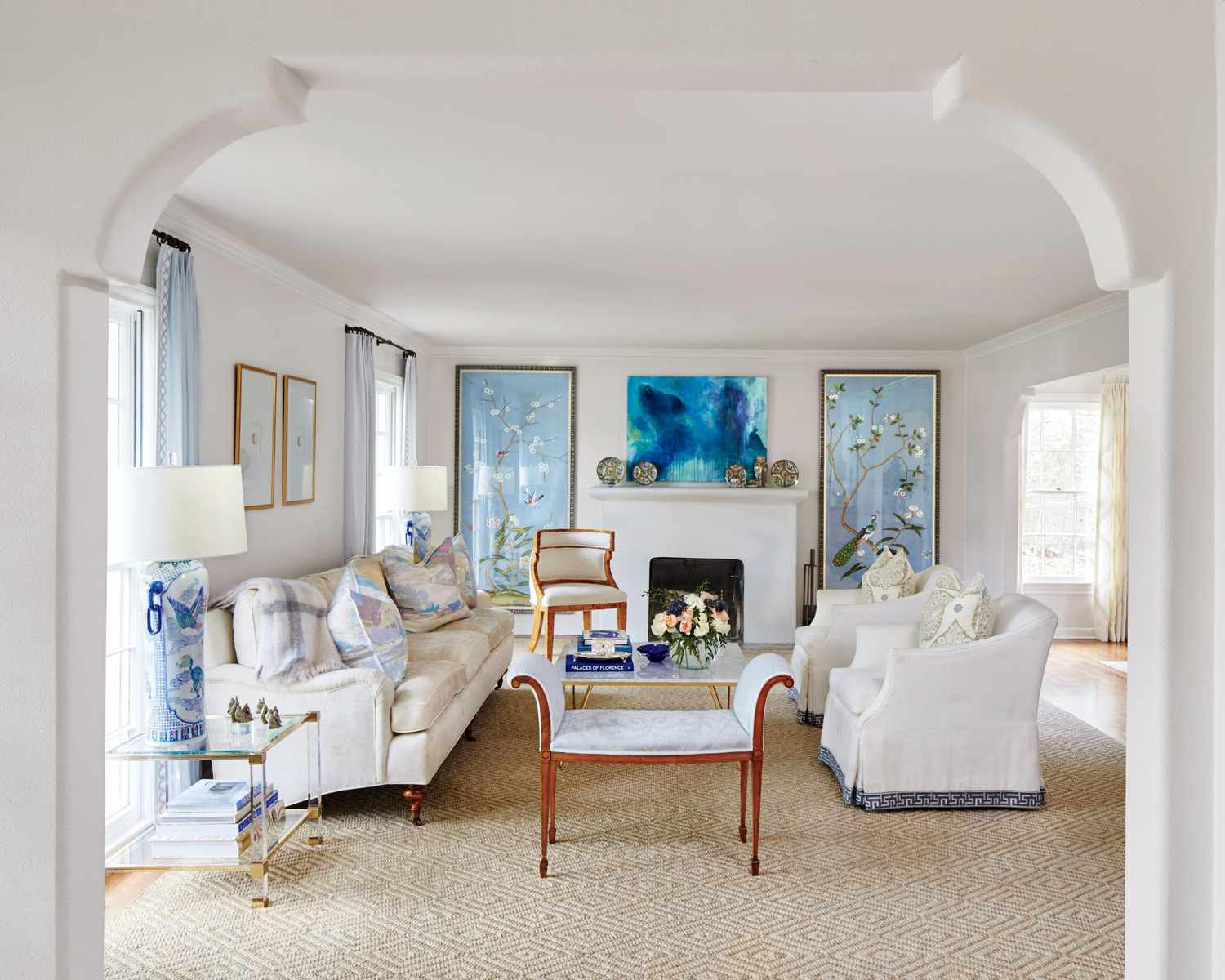
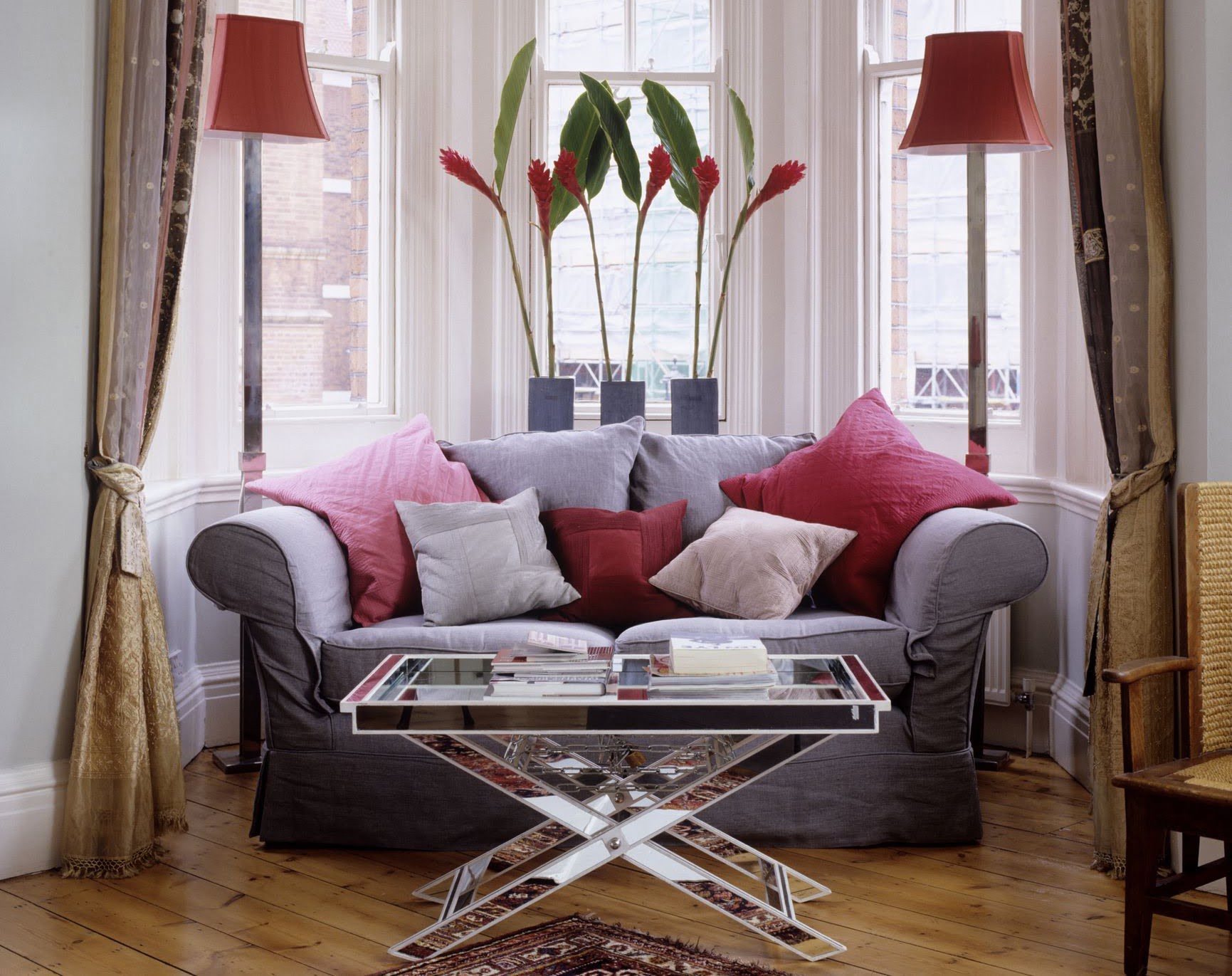
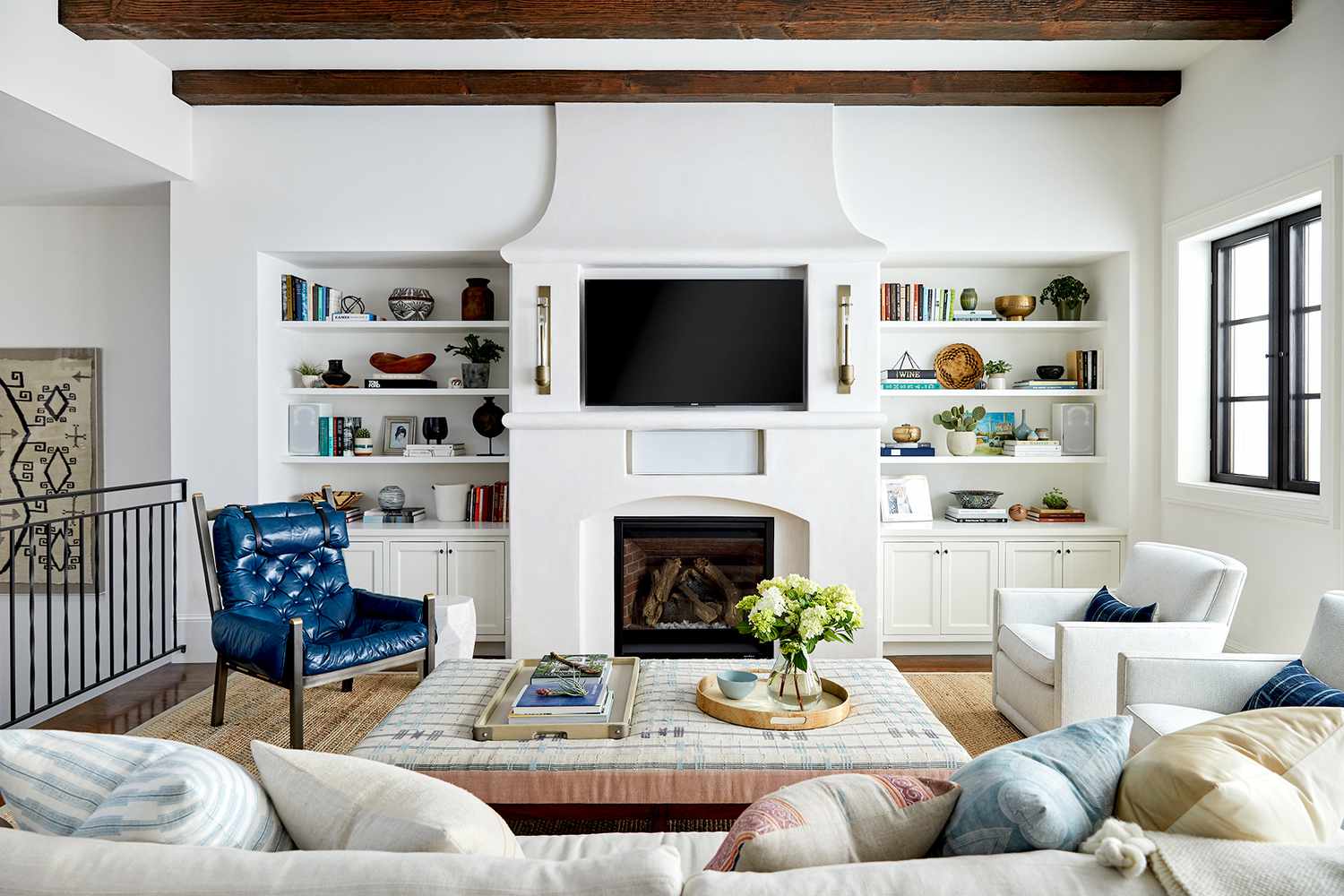
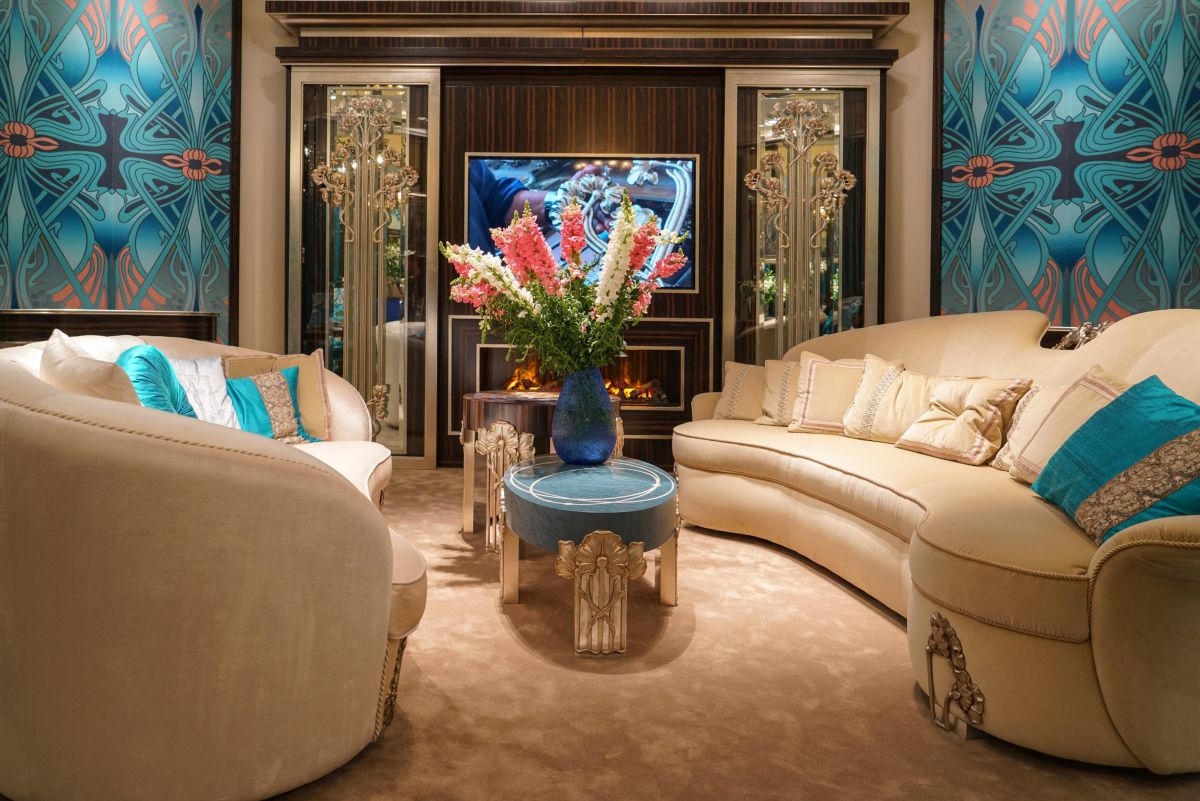
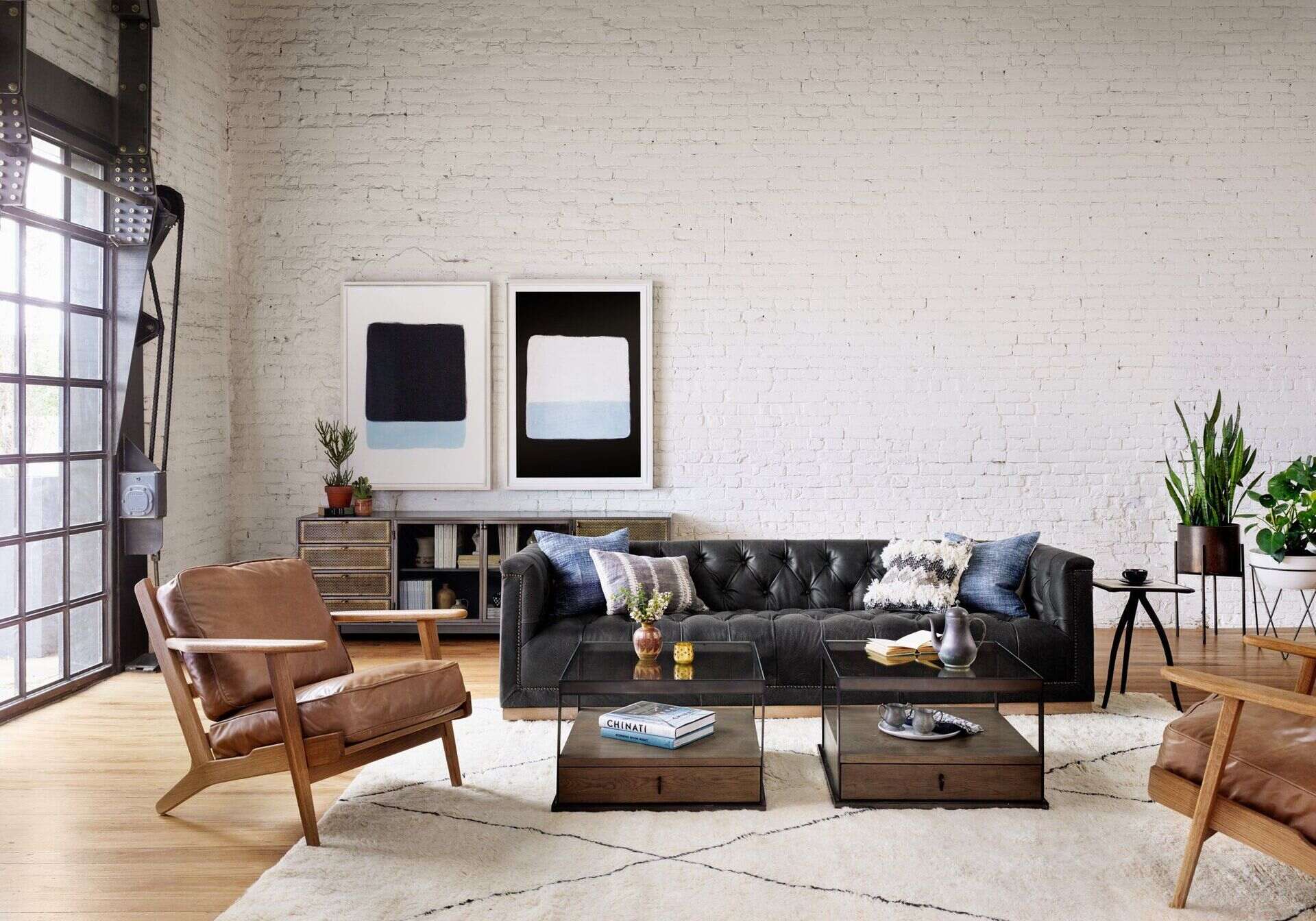
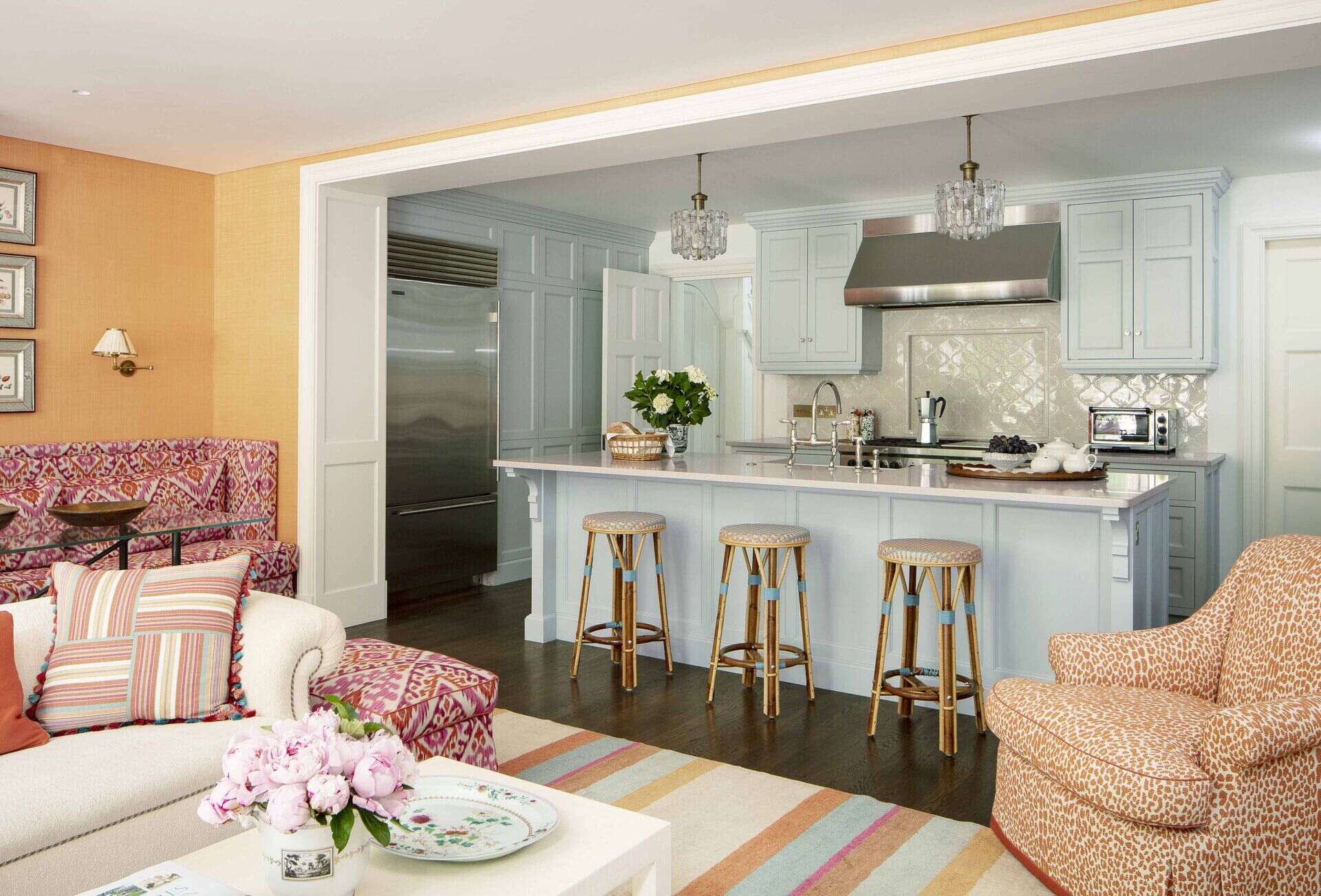
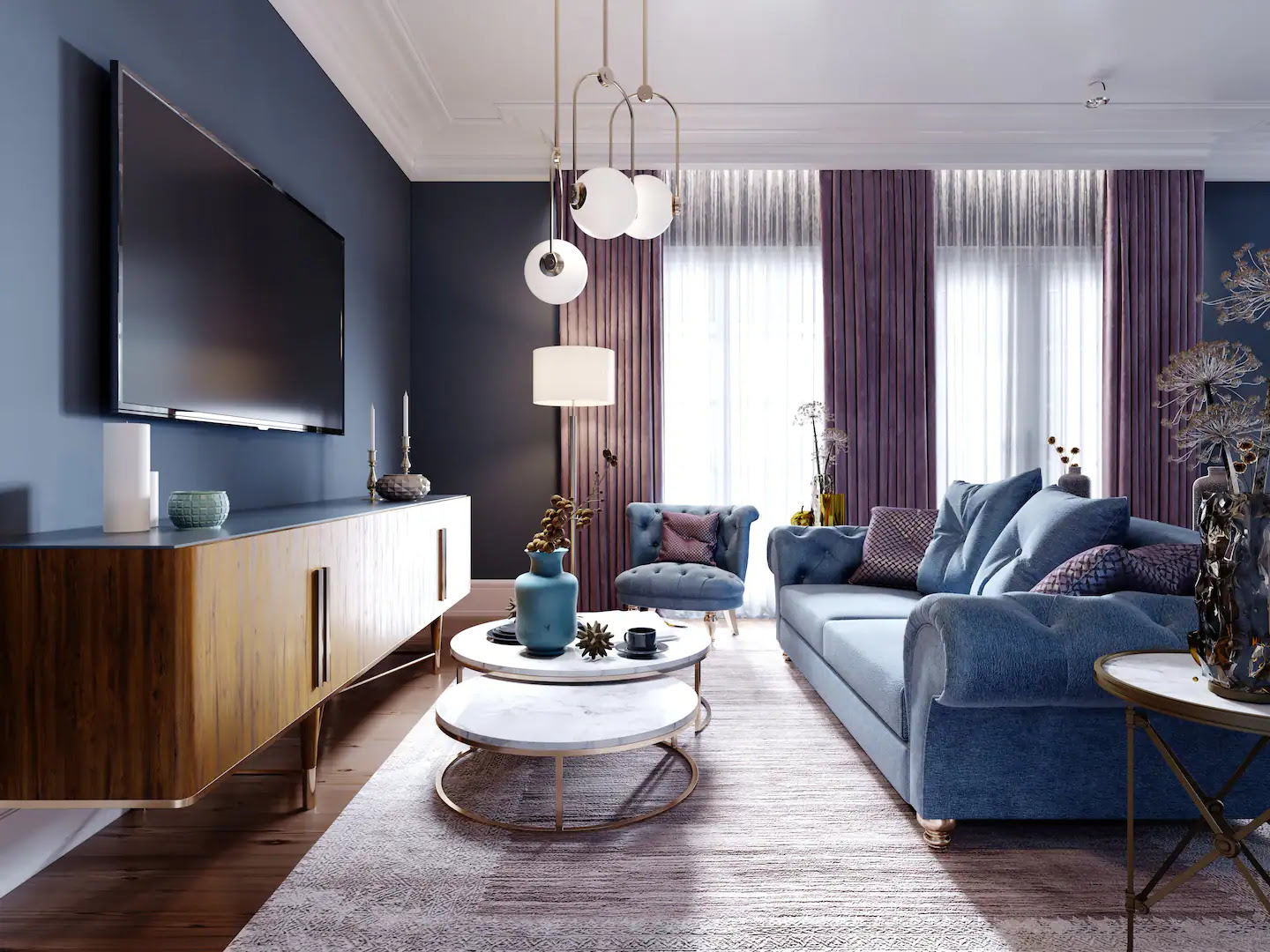
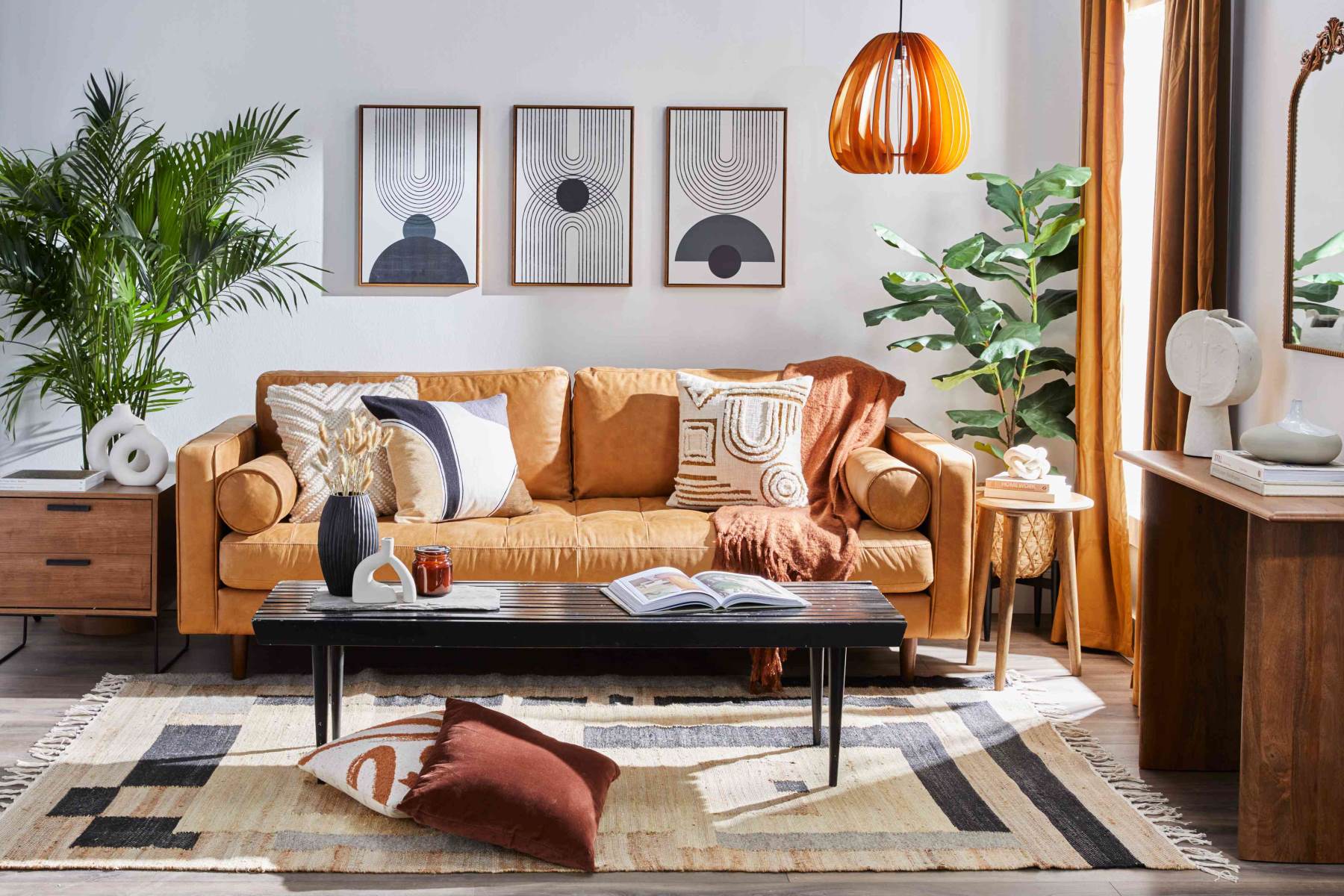
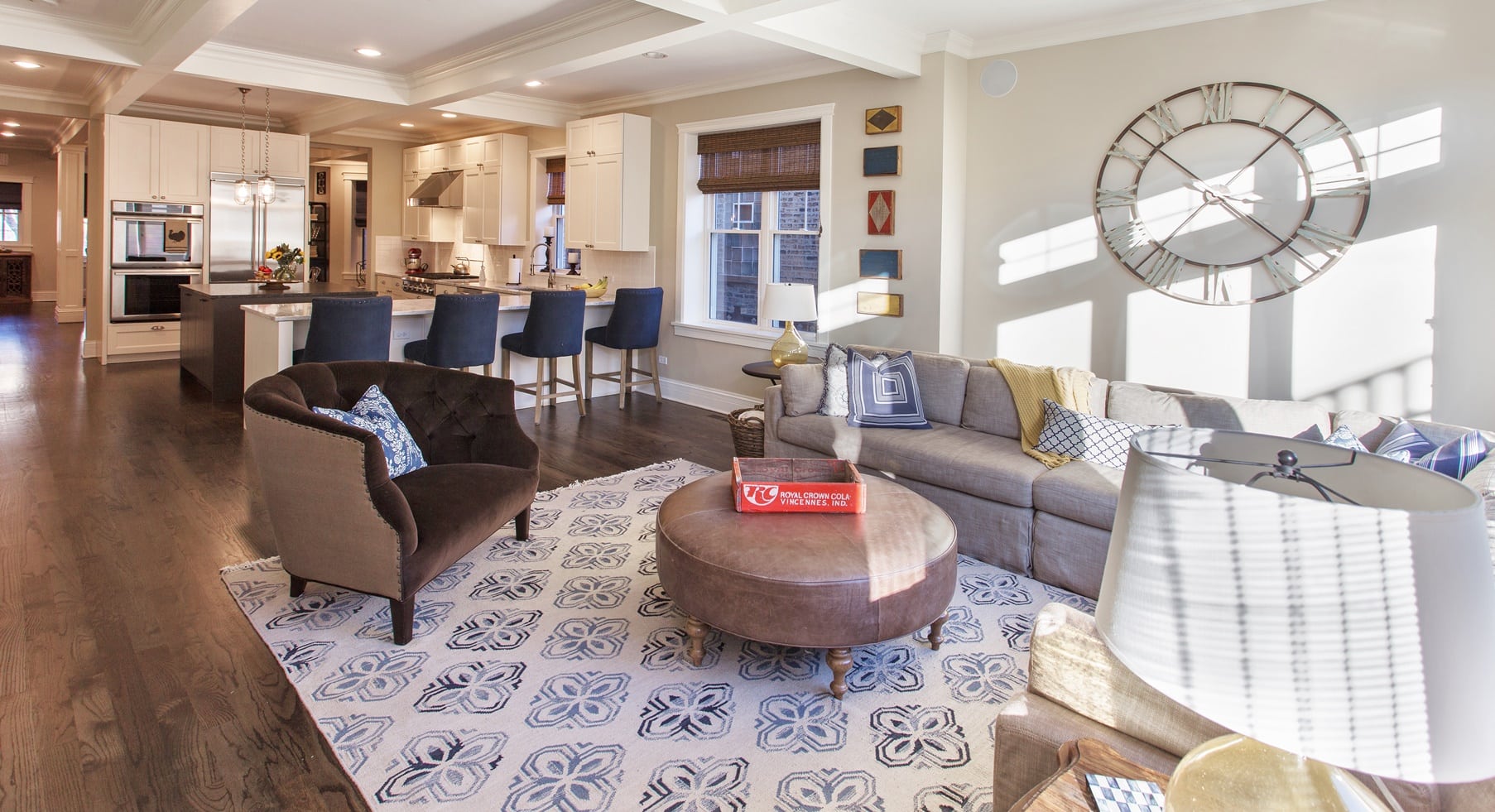

0 thoughts on “Ideas On How To Decorate A Living Room”